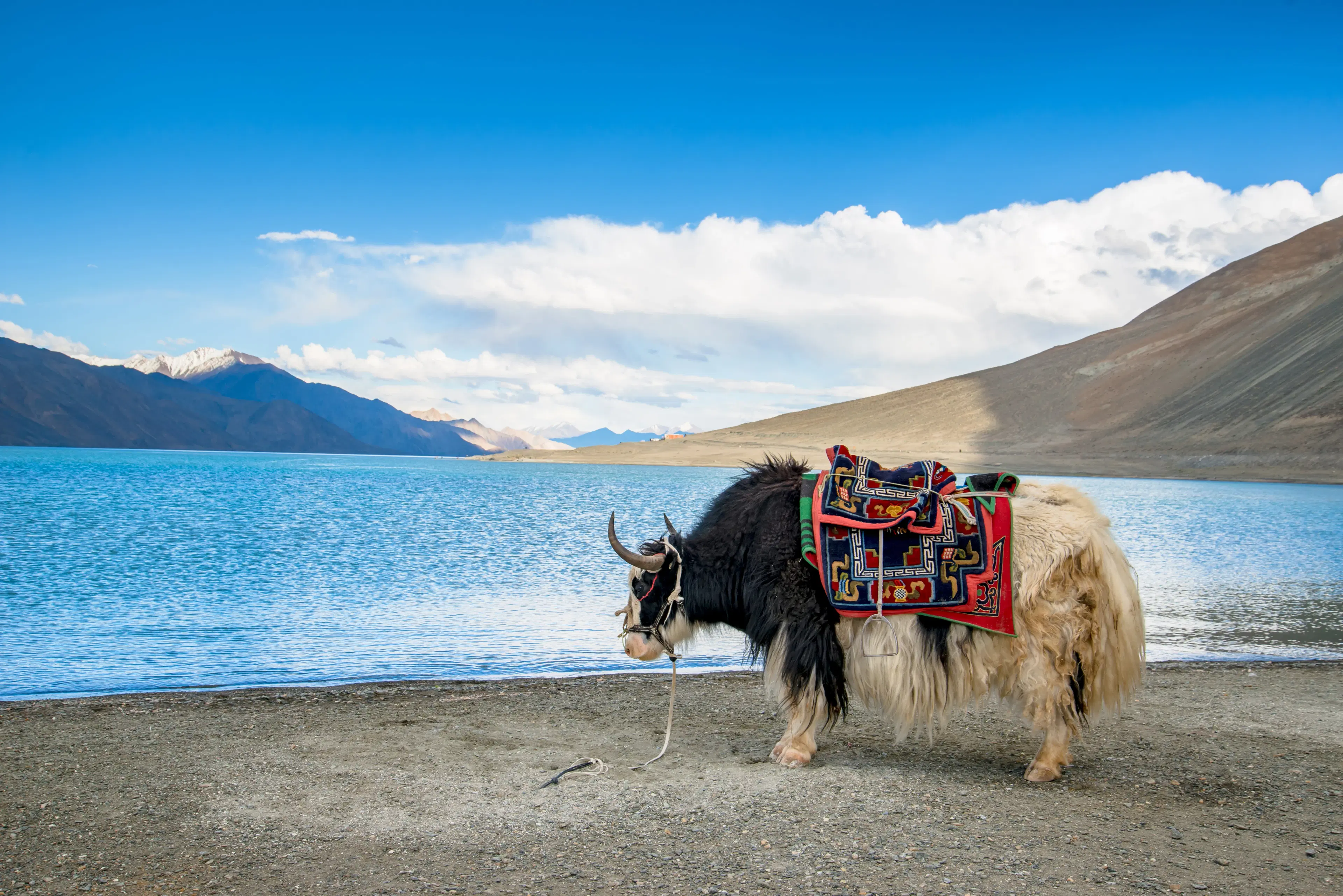
Hotels
•04 min read

The Losar festival is a vibrant and colorful celebration. It marks the Tibetan New Year and fills the air with joy and community spirit. In this blog, we answer your frequently asked questions about the losar festival. You will learn about its traditions, rituals, and the deep cultural importance it holds. Our guide provides a clear picture of losar history, its evolution as a buddhist festival, and why this celebration matters across communities.
The roots of Losar lie in ancient traditions. Long before Buddhism took shape in Tibet, people celebrated the onset of the New Year through unique customs linked to the Bon tradition. These early celebrations laid the groundwork for the festival. Over time, Losar evolved into a buddhist festival emphasizing renewal, hope, and new beginnings. Today, the losar festival symbolizes the merging of ancient Bon practices with Buddhist values. This blend of traditions demonstrates the diverse history of Tibetan celebrations and offers a rich perspective on losar history.
For Tibetan communities, Losar is more than just a new year celebration. It is a special time where families come together. The festival is deeply rooted in cultural heritage and spirituality. Many see it as a moment for spiritual reflection and renewal. Losar provides a peaceful pause to honor the past year and to welcome the future with hope. It stands as a testament to losar cultural significance, passing down traditions that connect generations. People greet the new year with optimism and gratitude, embracing the rituals that cleanse the spirit and summon prosperity.
The losar festival is celebrated with unique practices across different regions. In Ladakh, the celebrations are marked by communal prayers and an overall festive atmosphere. In Arunachal Pradesh, cultural performances and community gatherings are central to the losar celebration. People in Sikkim embrace both traditional Tibetan customs and local elements, making their celebrations unique. Himachal Pradesh also hosts vibrant festivities where local traditions blend with the Tibetan influences. When asked, many wonder, "In which state is Losar festival celebrated?" The answer is that it is observed in regions like Himachal Pradesh, Arunachal Pradesh, Sikkim, and Ladakh, where Tibetan heritage remains strong.
During Losar, numerous rituals take center stage. Families take time to clean their homes as a way to rid themselves of the past year's misfortunes. They decorate altars with colorful prayer flags and meaningful symbols. Losar rituals often include prayer ceremonies that express gratitude and invite blessings for the coming year. These losar prayer ceremonies hold deep symbolic meaning. Each gesture, from the cleaning of homes to the artistic losar decorations, is meant to purge negativity and start fresh. The traditions are passed down through generations and continue to inspire a sense of unity and renewed spirit.

Food plays a central role during the losar festival. Traditional dishes like Guthuk, a warm barley soup, serve both a festive and symbolic purpose. Guthuk is prepared with great care and shared with family and friends. Another favorite is Kapse, a traditional Tibetan fried pastry. These foods are cherished as they represent warmth, unity, and prosperity during the Tibetan New Year. The flavors and aromas evoke memories of past celebrations and create an atmosphere of togetherness. When you taste these losar festival foods, you enjoy a tradition that nourishes both the body and the soul.
The celebrations extend beyond rituals and food. During Losar, communities engage in a variety of fun and vibrant activities. Folk dances and music performances fill local squares with rhythm and delight. Cultural fairs also mark the festival, showcasing artisan crafts, traditional attire, and local folklore. A notable event is the Losar Mela in Uttarkashi which features a blend of cultural displays and communal harmony. The festive activities of the losar celebration allow people to immerse themselves in traditions that have spanned generations, creating memories that last a lifetime.
Before the Losar festival begins, families engage in extensive preparations. Homes are cleaned and decluttered as a symbolic gesture to wipe away the past. Special care is taken to set up prayer altars with offerings, incense, and vibrant losar decorations. Colorful prayer flags flutter in the wind. These decorations are not merely decorative; they express wishes for peace and prosperity. Items such as traditional thangka paintings and intricate ornaments further enhance the celebratory ambiance. Incorporating the symbols of joy and hope, these preparations demonstrate the love and care that families invest in their traditions. You might see [] subtly included in community celebrations, adding an intriguing layer of modern connection to ancient practices.
Did You Know? Insight Corner
The Spiritual Meaning Behind Losar Prayer Ceremonies
The Losar prayer ceremonies are not just rituals—they reflect the Tibetan belief in purifying the soul. They help in bidding farewell to the past year’s obstacles and welcoming a prosperous new one. These ceremonies, with their symbolic gestures, encourage a deep sense of reflection and hope.

Losar is celebrated in Himachal Pradesh, Arunachal Pradesh, Sikkim, and Ladakh, where Tibetan culture is part of the community fabric.
In Arunachal Pradesh, Losar features vibrant cultural performances and community gatherings filled with prayer and renewal.
Losang is primarily celebrated in Sikkim. Its traditions are similar to Losar but include local influences unique to the region.
Lhosar is marked by family feasts, prayer ceremonies, and rituals that welcome a fresh start while purifying the spirit.
Losar typically falls in February or March, following the lunar calendar, making each celebration unique.
The Losar festival is a remarkable celebration of Tibetan culture. Its blend of ancient traditions and modern festivities makes it a truly special time for renewal and reflection. Through its rich history, unique rituals, and vibrant community celebrations, Losar offers a window into a world where culture and spirituality unite. Exploring losar history, understanding losar cultural significance, and enjoying losar traditions allow people to experience the true spirit of the Tibetan New Year. This celebration reminds us of the beauty that arises when communities come together in joy and harmony.